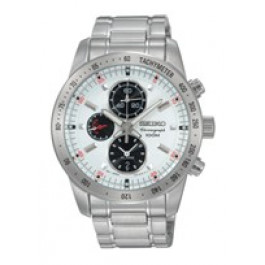


Examples include odds ratios (which compare the odds of an event between two groups) and mean differences (which compare mean values between two groups). Chapter 10 discusses issues in the selection of one of these measures for a particular meta-analysis.īy effect measures, we refer to statistical constructs that compare outcome data between two intervention groups. Formulae to estimate effects (and their standard errors) for the commonly used effect measures are provided in a supplementary document Statistical algorithms in Review Manager, as well as other standard textbooks (Deeks et al 2001). In this chapter, for each of the above types of data, we review definitions, properties and interpretation of standard measures of intervention effect, and provide tips on how effect estimates may be computed from data likely to be reported in sources such as journal articles. The ways in which the effect of an intervention can be assessed depend on the nature of the data being collected. Time-to-event (typically survival) data that analyse the time until an event occurs, but where not all individuals in the study experience the event (censored data). Ordinal data (including measurement scales), where each individual’s outcome is one of several ordered categories, or generated by scoring and summing categorical responses Ĭounts and rates calculated from counting the number of events experienced by each individual and Throughout this chapter we consider outcome data of five common types:ĭichotomous (or binary) data, where each individual’s outcome is one of only two possible categorical responses Ĭontinuous data, where each individual’s outcome is a measurement of a numerical quantity Available from 6.1 Types of data and effect measuresĪ key early step in analysing results of studies of effectiveness is identifying the data type for the outcome measurements.

Cochrane Handbook for Systematic Reviews of Interventions version 6.3 (updated February 2022). In: Higgins JPT, Thomas J, Chandler J, Cumpston M, Li T, Page MJ, Welch VA (editors). Chapter 6: Choosing effect measures and computing estimates of effect. Results extracted from study reports may need to be converted to a consistent, or usable, format for analysis.Ĭite this chapter as: Higgins JPT, Li T, Deeks JJ (editors). Ratio measures are typically analysed on a logarithmic scale. risk ratio, odds ratio) or difference measures (e.g. Continuous outcomes can be compared between intervention groups using a mean difference or a standardized mean difference.Įffect measures are either ratio measures (e.g. For example, dichotomous outcomes can be compared between intervention groups using a risk ratio, an odds ratio, a risk difference or a number needed to treat. There are several different ways of comparing outcome data between two intervention groups (‘effect measures’) for each data type. The types of outcome data that review authors are likely to encounter are dichotomous data, continuous data, ordinal data, count or rate data and time-to-event data.


 0 kommentar(er)
0 kommentar(er)
